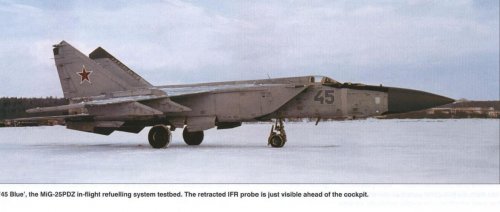KJ_Lesnick
ACCESS: Top Secret
- Joined
- 13 February 2008
- Messages
- 1,042
- Reaction score
- 112
flateric,
Not to ask too many questions (It is not my intention to sponge or anything of that sort, but these three questions would either not be found on a google-search, or would take sifting through thousands and thousands of google-searches which is akin to looking for a needle in a haystack -- I did actually try doing a search query for this one a couple of days ago and I got like 10,000 or so, search results of which after checking at least a couple of dozen if not over a hundred links, none of them had any useful information, or anything that I didn't know already), but...
1.) What temperatures can high-temperature D-19 take compared to standard aircraft-grade aluminum (like, are they all high temperature aluminums)?
2.) I take it the aluminum would be located in the middle or rear parts of the wing-structure where temperatures are low; is the bulk of this aluminum in the skin or in the structural components?
3.) Did it use any means of circulating fuel under the skin to reduce skin temperatures (It sounds crazy, but either the YF-22/F-22 or YF-23 did use such a system)
KJ Lesnick
Well, not quite small amount - even more than Ti (11% compared to 8%)
High-temperature D19 aluminium alloy used, mostly in the wing construction (along with stainless steel in the case).
Not to ask too many questions (It is not my intention to sponge or anything of that sort, but these three questions would either not be found on a google-search, or would take sifting through thousands and thousands of google-searches which is akin to looking for a needle in a haystack -- I did actually try doing a search query for this one a couple of days ago and I got like 10,000 or so, search results of which after checking at least a couple of dozen if not over a hundred links, none of them had any useful information, or anything that I didn't know already), but...
1.) What temperatures can high-temperature D-19 take compared to standard aircraft-grade aluminum (like, are they all high temperature aluminums)?
2.) I take it the aluminum would be located in the middle or rear parts of the wing-structure where temperatures are low; is the bulk of this aluminum in the skin or in the structural components?
3.) Did it use any means of circulating fuel under the skin to reduce skin temperatures (It sounds crazy, but either the YF-22/F-22 or YF-23 did use such a system)
KJ Lesnick



